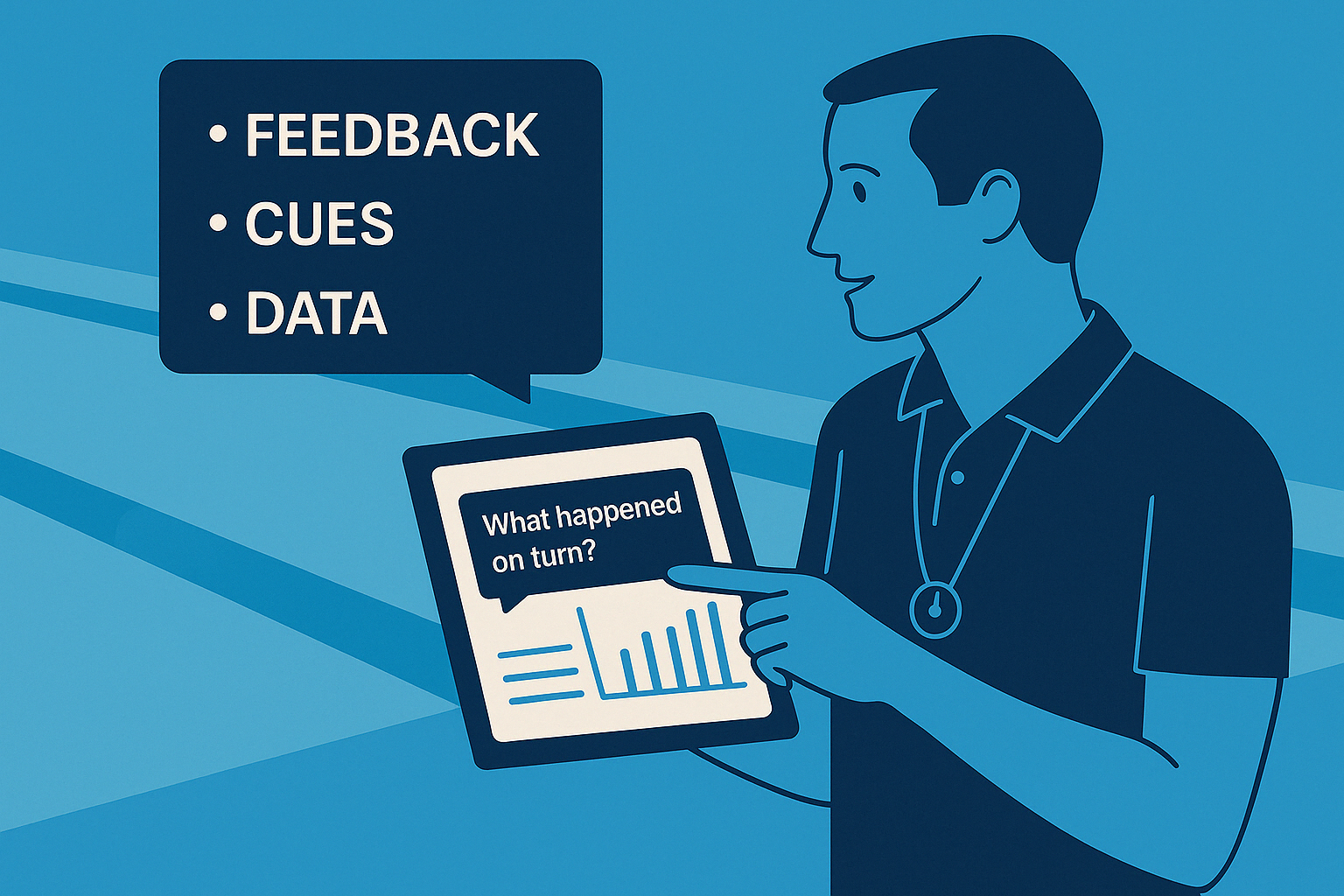The Women’s 100 Backstroke is most definitely one of the must-watch races taking place in Tokyo this year. The star-studded final includes not one but three world record holders Kaylee McKeown, Regan Smith and Kylie Masse, all in the sub 58 seconds club and going for gold.
Ahead of this exciting event, we’re digging into the data and looking at the Top 3 winners of the US Trials 2021 vs 2016 to uncover any changes in trends for backstroke and understand what it took to get the golden ticket for Tokyo.
Before we get right into the data, here is a quick look into the rankings for both Trials.
US Trials 2021 Women 100 BK Rankings
- 1st: Regan Smith - 58.35
- 2nd: Rhyan White - 58.60
- 3rd: Olivia Smoliga - 58.72
US Trials 2016 Women 100 BK Rankings
- 1st: Olivia Smoliga - 59.02
- 2nd: Kathleen Baker - 59.29
- 3rd: Amy Bilquist - 59.37
One thing that stands out right away is that to rank in 2021, you needed a time of 58.72s, quite a bit faster than 2016’s 59.37s. Let’s get right into the metrics to figure out how each portion of the race (transition, overwater, underwater) contributed to the change in speed between 2016 and 2021.
.png?width=400&name=OlympicTrials_Infographic_Womens100Back_Final%20(1).png)
→Transitions
The transition times are faster in 2021 by 16.9% on average across the top 3 winners and 9.28% faster on average across all finalists.
Note that Smoliga’s 2016 transition time has the most significant impact on the average here but is also a vast improvement on her side from 2.02s in 2016 to 1.75s in 2021.
As for the fastest transition time, the win here goes to White with a transition time of 1.26s, followed by Smith at 1.40s and Smoliga at 1.75s.
→Overwater
On the overwater data, one noticeable trend is that the average Stroke Rate was 15% faster in 2021 compared to 2016, with a decrease in Distance Per Cycle of 12.8%
It may come as a surprise, but in 2021, despite Smith’s high SR of 52.56 cycle/min, Smoliga was the one that dominated the overwater speed with a SR of 44.98 cycle/min and a DPC of 2.23 m.
Smith, in fact, had one of the lowest DPC’s (1.89m) in the field, even accounting for height. So for Smith, increasing her stroke length by just 1% would have allowed her to match Smoliga's overwater speed.
→Underwater
Swimmers spent more time underwater in 2021, but speed underwater was faster in 2016 by 0.03 m/s on average across the top 3.
In this year's Trials Smith was the one that dominated the underwater phase with a Time Underwater of 5.78s off her start and 6.1s off her turn.
On the other hand, White went 5.51s off her start and 5.79s off her turn, while Smoliga went only 5s off her start and 4.86s off her turn.
Key Takeaway
Despite Smoliga’s overwater speed, it seems it was Smith’s underwaters that catapulted her to the win. It’s normal, however, to see tradeoffs like these as each athlete races to their strengths. Moreover, certain metrics influence each other, and improving one often leads to a decline in another.
In the long run, Smith may benefit from swimming her time more efficiently. One way to do this is by increasing the DPC and decreasing the stroke count. Then work on increasing the SR again without sacrificing much on her stroke length (DPC).
Check out another epic showdown: Michael Andrew vs Michael Phelps.
How TritonWear Can Help You Swim Faster
The secret to maximizing performance is optimizing metric tradeoffs. Elite athletes rarely have the highest score in an individual metric; they are, however, the masters of metric tradeoffs. Smoliga’s strategy will be different from Smith’s because swimming faster is not a one-size-fits-all solution. Each swimmer needs to play to their own strengths and weaknesses. You can do it too. TritonWear offers athletes a hyper-personalized experience, empowering them to unlock their full potential to redefine their limits.
TritonWear is a sleek wearable device and app that helps coaches ensure their athletes train well consistently, so everyone can swim faster. It captures and relays 30+ data points in real-time to any mobile device on deck. Triton Score analyzes data and provides actionable insights highlighting exactly where athletes excel and what they need to improve to swim faster.
Coaches: Create highly personalized winning strategies for individual swimmers and the team as a whole with data-driven insights. Get started for as little as $31/month per athlete and receive a free unit (included with each membership).

.png)
.png?width=650&name=Unlock%20the%20Power%20of%20Data%20Webinar%20Display%20Ad%20(6).png)

.png)
.png)
